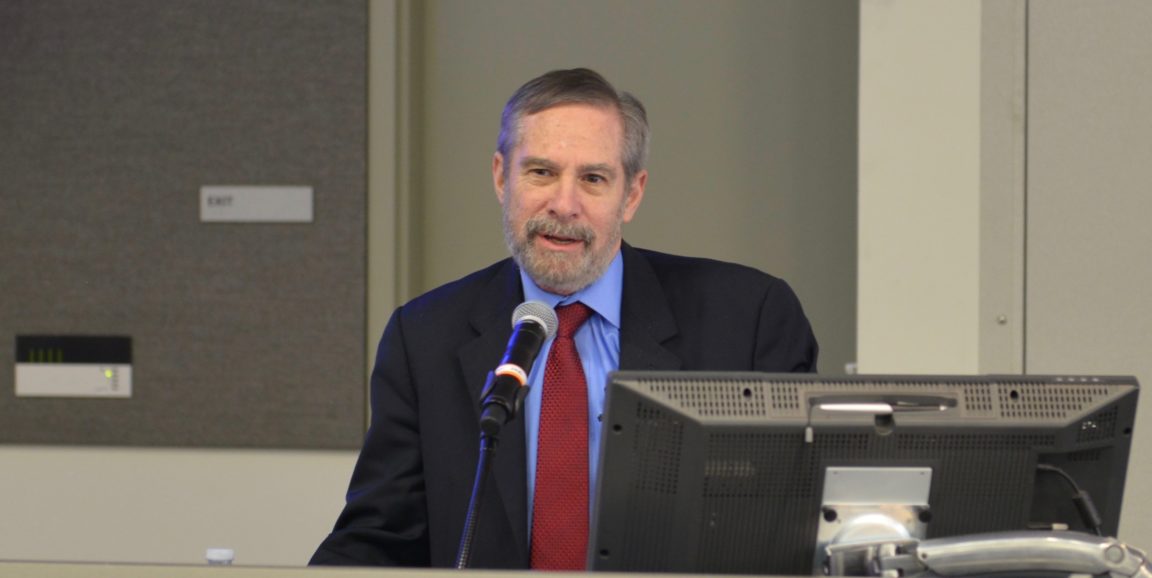The trend line for projected cervical cancer deaths in low- and middle-income countries climbs steadily upward between now and 2030. Could a precision-based approach alter that forecast?
Yes, according to Douglas Lowy, MD, deputy director of the National Cancer Institute of the National Institutes of Health, who laid out his case during a recent seminar.
Lowy, whose research led to the development of human papillomavirus (HPV) vaccines, was the first speaker in the new Imagining the Future series from the Molecular Imaging Program at Stanford.
Using cervical cancer as an example, Lowy outlined how a molecular understanding of the initiation and progression of a disease can refine screening and prevention efforts -- potentially making them more efficient and cost-effective.
Pap smears have been tremendously successful in detecting the early stages of cervical cancer, but screening for HPV is a more sensitive test that requires less specialized expertise for interpretation of the results, he said.
Since some women who are HPV positive are more at risk for cervical cancer than others, studies are being conducted to refine additional tests -- based on a molecular understanding of HPV-induced disease -- that can sort out which patients most need further testing.
Perhaps in the not-too-distant future, Lowy said, such factors can be inputted into a computer, and an algorithm can make recommendations for next steps in patient care.
"It could be especially useful in low- and middle-income countries because you could use the computer to decide... who needs to be referred for treatment," he said.
On the prevention side, Lowy discussed how the structure of the HPV vaccine has contributed to its effectiveness in directly reducing infection and disease, and promoting herd immunity (which indirectly reduces risk by reducing the prevalence of HPV in the general population).
The vaccine's second generation protects against more HPV types, and researchers found a strong immune response in adolescents younger than 15 to two doses. That led to a change in national recommendations for that age group from three to two doses. Now scientists are investigating the efficacy of a single dose.
Safely reducing the number of doses would simplify the logistics of vaccination in low- and middle-income countries, Lowy said.
A strategy combining vaccination for younger women and screening for older women could, in the not-too-distant future, change the projected trend of cervical cancer deaths in those areas, according to Lowy. If research continues on its current course, he concluded:
We will have enough evidence in five or six years so that we can essentially go into low- and middle-income countries that currently don't have vaccination programs or screening programs, and basically try to have an impact on reducing the incidence and mortality from cervical cancer in a substantial way by 2030.
Photo of Douglas Lowy by Frederick Chin




